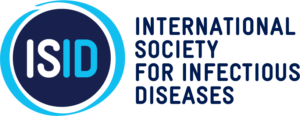[Source: National Chicken Council, full page: (LINK). Extract.]
-----
Avian Influenza Found in New York Live Bird Market; Japan and Taiwan Halt Poultry Exports from New York
On January 11, 2013, in Avian Influenza
USDA?s National Veterinary Services Laboratories has confirmed H5N1 (presumably low pathogenic) from a live bird market in New York. According to USDA?s agreement with Taiwan, FSIS has been notified to amend the FSIS Export Library to state that the export of poultry meat and meat products from the State of New York to Taiwan is prohibited effective immediately.
(?)
-On January 11, 2013, in Avian Influenza
USDA?s National Veterinary Services Laboratories has confirmed H5N1 (presumably low pathogenic) from a live bird market in New York. According to USDA?s agreement with Taiwan, FSIS has been notified to amend the FSIS Export Library to state that the export of poultry meat and meat products from the State of New York to Taiwan is prohibited effective immediately.
(?)
-----







Comment